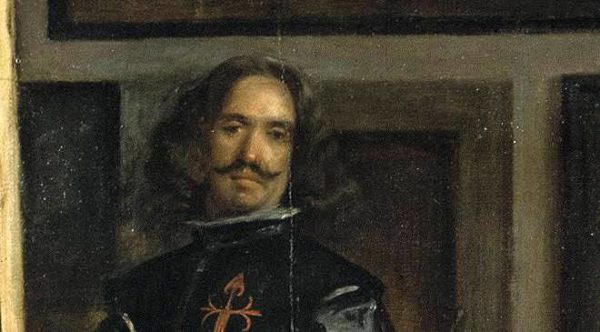Who is André-Marie Ampère ? What was Andre Ampere famous for?
# André-Marie Ampère was born on 20 January 1775 in Lyon, Kingdom of France.
# He was born to Jean-Jacques Ampère, a successful entrepreneur, and Jeanne Antoinette Desutières-Sarcey Ampère, in the course of the height of the French Enlightenment was a French physicist and mathematician.
# He died on 10 June 1836 (aged 61) in Marseille, Kingdom of France.
# His nationality is French.
# He was one of the creators of the science of classical electromagnetism, which he referred to as “electrodynamics”.
# Ampere, The SI unit of measurement of electric current is titled after him.
# Ampère passed away on 10 June 1836 at the age of 61.
# Ampère spent his childhood and youth at the family property at Poleymieux-au-Mont-d’Or near Lyon.
# Ampère’s father Jean-Jacques Ampère, was a follower of the philosophy of Jean-Jacques Rousseau, whose theories of education was that young boys should avoid formal schooling but instead pursue an “education direct from nature”, was the basis of Ampère’s education.
# Hence, French Enlightenment masterpieces such as Georges-Louis Leclerc’s, comte de Buffon’s Histoire naturelle, générale et particulière along with Denis Diderot and Jean le Rond d’Alembert’s Encyclopédie became Ampère’s schoolmasters.
# Furthermore, at the age of 12 Ampère used his access to the latest books to begin teach himself advanced mathematics.
# In later life Ampère states that he knew as much about mathematics and science when he was eighteen as ever he knew but, his reading comprised history, travels, poetry, philosophy, and the natural sciences.
# Ampère started developing a mathematical and physical concept to understand the relationship between electricity and magnetism after Ampère’s friend, and eventually eulogist, François Arago presented to the members of the French Academy of Sciences the surprising discovery of Danish physicist Hans Christian Ørsted that a magnetic needle is repelled by an adjacent electric current in September 1820.
# Expanding Ørsted’s experimental work, Ampère showed that two parallel wires carrying electric currents attract or repel each other, conditional on whether the currents flow in the same or opposite directions, respectively – this theory set the foundation of electrodynamics.
# He even applied mathematics in simplifying physical laws from these experimental results, these results led to the principle that came to be called Ampère’s law, which testifies that the mutual action of two lengths of urrent-carrying wire is proportionate to their lengths and to the intensity of their currents.
# Ampère also applied this same principle to magnetism, illustrating the harmony between his law and French physicist Charles Augustin de Coulomb’s law of magnetic action. Ampère’s commitment to, and ability with, experimental procedures attached his science within the developing fields of experimental physics.
# Ampère also offered a physical understanding of the electromagnetic relationship, hypothesising the existence of an “electrodynamic molecule” (the prototype of the idea of the electron) that assisted as the factor element of both electricity and magnetism. Using this physical explanation of electromagnetic motion, Ampère established a physical account of electromagnetic phenomena that was both experimentally clear and mathematically fortelling.
# In 1827 Ampère published his magnum composition, Memoir on the Mathematical Theory of Electrodynamic Phenomena, Uniquely Deduced from Experience), the work that invented the name of his new science, electrodynamics, and became known ever after as its founding dissertation.
# Ampère was elected as a Foreign Member of the Royal Society In 1827 and also as a foreign member of the Royal Swedish Academy of Science in 1828.
# In acknowledgement of his role to the formation of modern electrical science, the ampere was recognized as a standard unit of electrical measurement in an international convention signed in 1881 together with the coulomb, volt, ohm, and watt, which are named, respectively, after Ampère’s colleagues Charles-Augustin de Coulomb of France, Alessandro Volta of Italy, Georg Ohm of Germany, and James Watt of Scotland.
# His name is also one of the 72 names inscribed on the Eiffel Tower.





